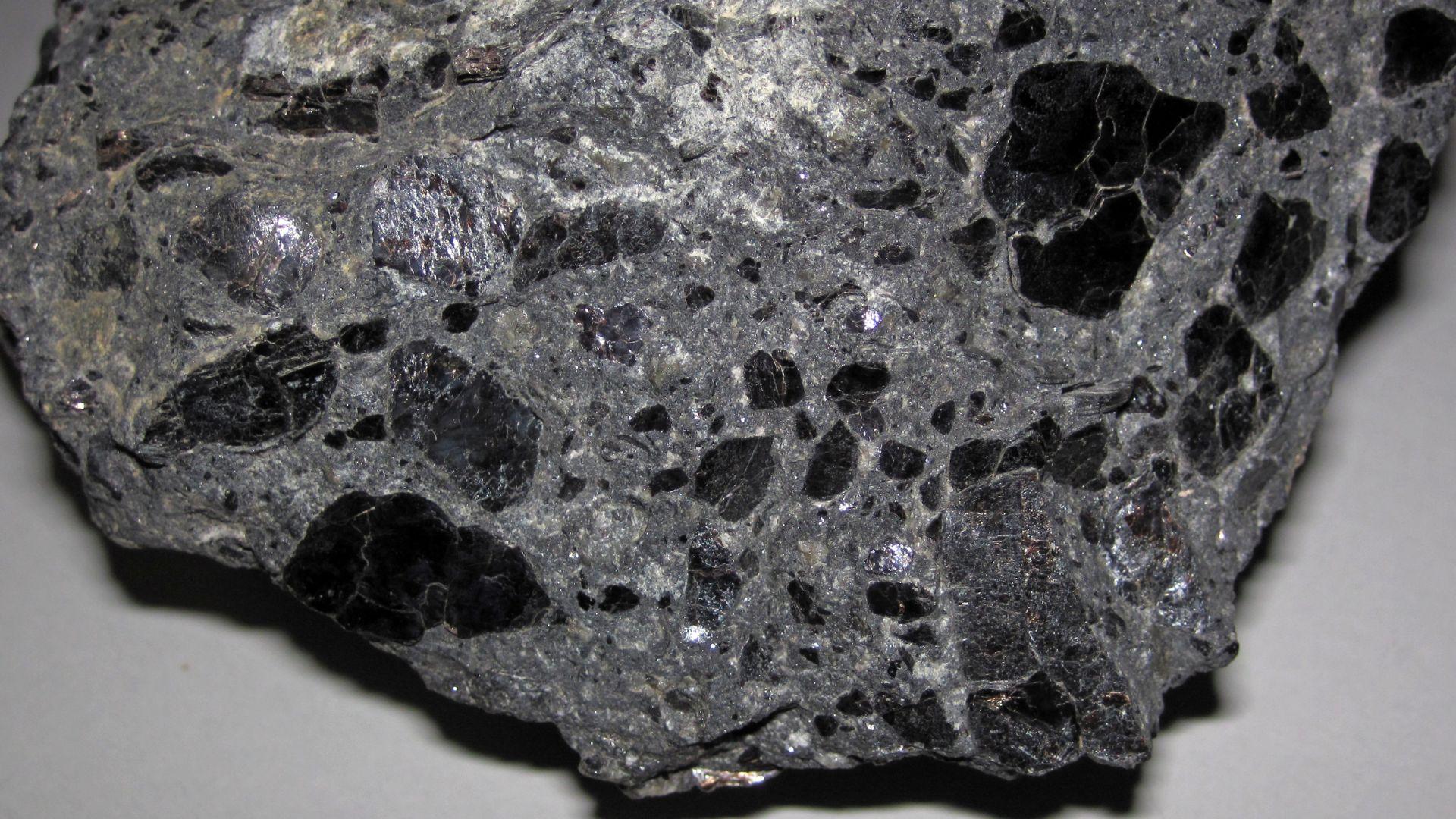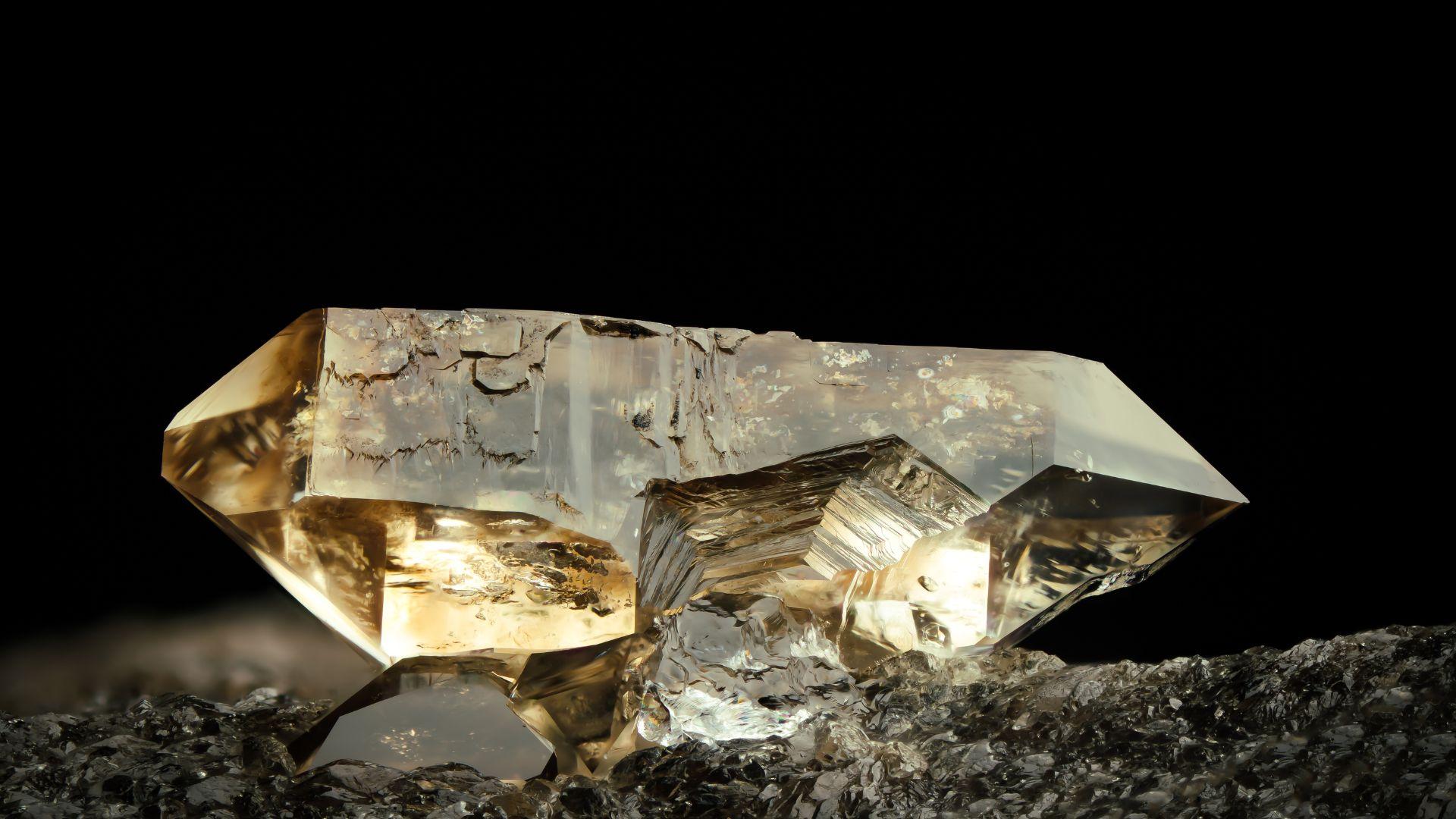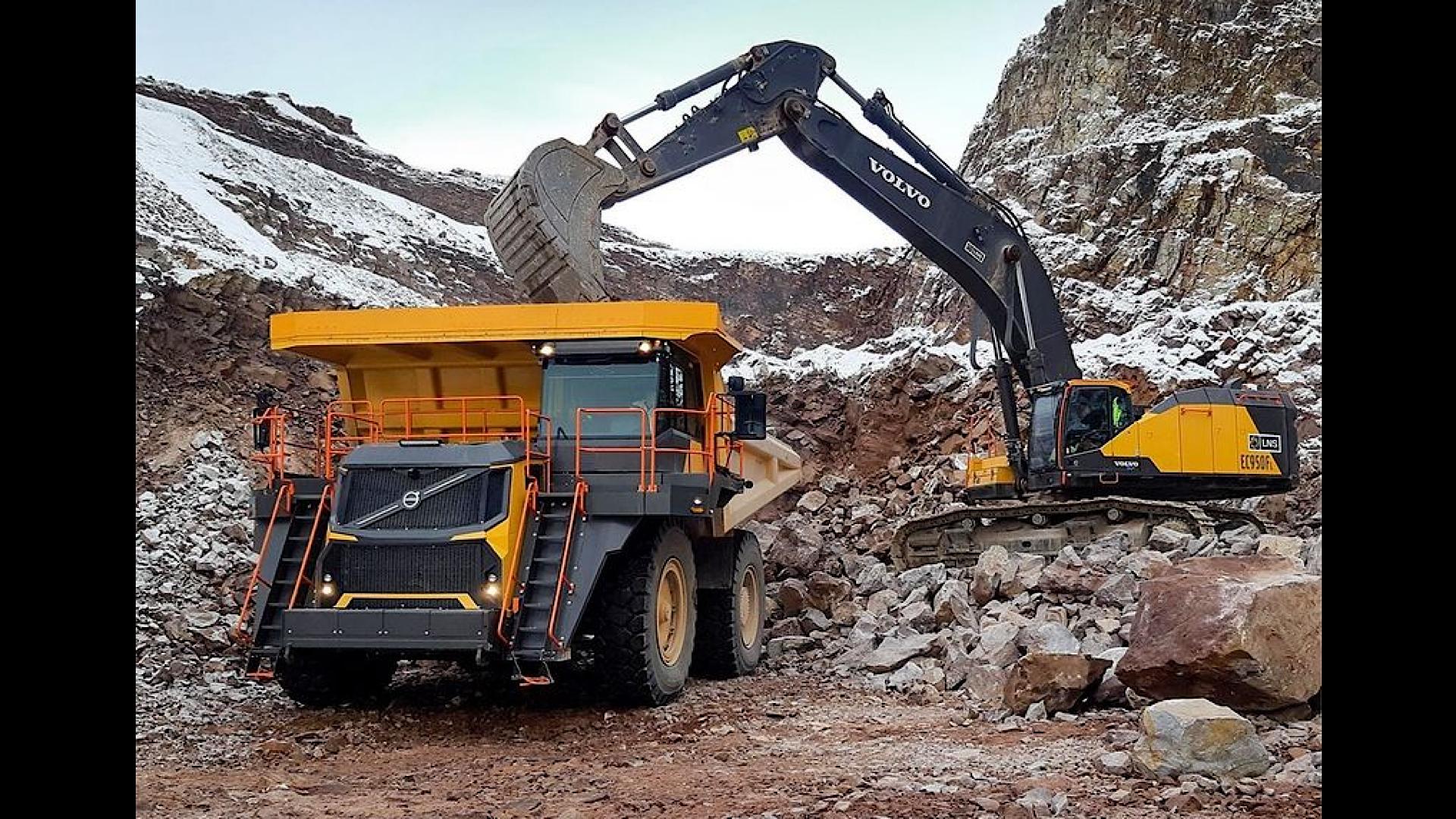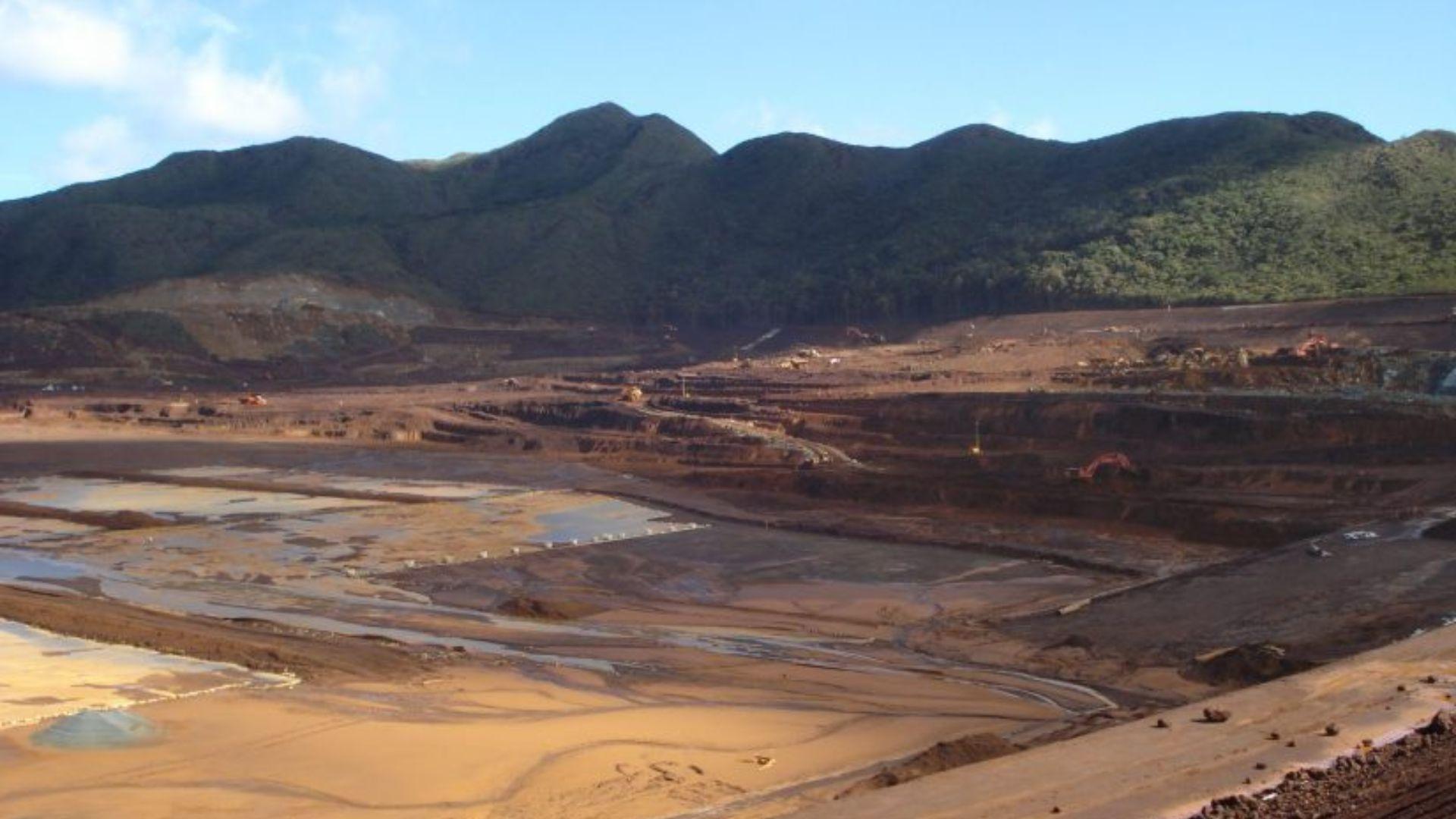In a groundbreaking development that could reshape Europe’s technological landscape, Rare Earths Norway has unveiled what is being hailed as continental Europe’s largest deposit of rare earth elements (REEs). Located in the Fen Carbonatite Complex, approximately 70 miles southwest of Oslo, this discovery promises to be a pivotal moment in the quest for European self-sufficiency in critical raw materials.
With an estimated 8.8 megatons of rare earth oxides, this find couldn’t have come at a more opportune time. As the European Union strives to reduce its dependency on China for these crucial elements, Norway’s discovery offers a beacon of hope. The potential to meet 10% of European demand for magnet-related REEs by 2030 not only promises economic benefits but also signals a shift in the global balance of technological power.
The Fen Carbonatite Complex: Geology and History Behind the Discovery

The Fen Carbonatite Complex, located southwest of Oslo, is a geological marvel that has long intrigued scientists. Formed millions of years ago through volcanic activity, this area is rich in carbonatite, an igneous rock known for its high concentration of rare earth elements (REEs). The complex’s unique composition has made it a subject of study for decades.
Recent advancements in geological surveying techniques have allowed researchers to fully appreciate the extent of the REE deposits in the Fen Complex. This breakthrough discovery is the culmination of years of dedicated research and exploration, highlighting the importance of continued investment in geological sciences and the potential for unexpected finds even in well-studied areas.
Rare Earth Elements 101: Understanding Their Importance in Modern Technology

Rare earth elements, despite their name, are relatively abundant in the Earth’s crust. However, they rarely occur in concentrated, economically viable deposits. These 17 elements, including neodymium, praseodymium, and dysprosium, possess unique magnetic, luminescent, and electrochemical properties that make them indispensable in modern technology.
From smartphones and electric vehicles to wind turbines and military equipment, REEs are crucial components in countless high-tech applications. Their ability to create strong magnets at small scales has revolutionized electronics, while their use in catalysts and polishing compounds has transformed industrial processes. Understanding REEs is key to grasping the foundations of our technological society.
From Discovery to Production: Timeline and Challenges for Norway’s REE Project

Rare Earths Norway’s ambitious plan to begin production by 2030 involves a complex series of steps. The initial phase includes further exploration to precisely map the deposit, followed by the development of extraction technologies tailored to the Fen Complex’s unique geology. Environmental impact assessments and obtaining necessary permits will run concurrently with these activities.
Challenges abound in this timeline. Developing environmentally friendly extraction methods, securing the substantial investment of NOK10 billion, and navigating potential regulatory hurdles are just a few obstacles. Additionally, building the infrastructure for processing and transporting the REEs will require careful planning and execution. Despite these challenges, the potential rewards make this a compelling project for Norway and Europe.
Economic Impact: How Norway’s REE Industry Could Boost the National Economy

The development of a robust REE industry in Norway has the potential to significantly diversify the country’s economy, traditionally reliant on oil and gas. By tapping into the growing demand for these critical materials, Norway could establish itself as a key player in the global high-tech supply chain, attracting investment and creating high-skilled jobs in mining, processing, and related technologies.
Furthermore, the downstream effects could be substantial. The presence of a domestic REE supply could attract manufacturers of high-tech products to Norway, fostering innovation and potentially creating entire new industry clusters. This could lead to increased exports, tax revenues, and economic growth, while also enhancing Norway’s strategic importance within Europe and globally.
European Union’s Critical Raw Materials Strategy: Norway’s Role in Reducing China Dependency

The European Union has identified REEs as critical raw materials due to their economic importance and supply risk. With China currently dominating global production, the EU has been actively seeking ways to diversify its supply chain and reduce dependency. Norway’s discovery aligns perfectly with this strategy, offering a reliable, geopolitically stable source of these crucial elements within Europe.
Norway’s potential to supply 10% of European demand for magnet-related REEs by 2030 marks a significant step towards supply chain resilience. This development could enhance Europe’s technological sovereignty, reducing vulnerabilities to trade disruptions or geopolitical tensions. Moreover, it could serve as a catalyst for further exploration and development of REE resources across Europe, contributing to a more balanced global market.
Environmental Considerations: Sustainable Practices in REE Mining and Processing

Rare earth element mining and processing have historically been associated with significant environmental impacts, including soil and water pollution. However, Norway’s project presents an opportunity to set new standards for sustainable REE extraction. Implementing cutting-edge technologies and strict environmental protocols will be crucial to minimize the ecological footprint of the operation.
Key focus areas will likely include reducing water usage, managing waste products, and rehabilitating mined areas. Additionally, developing more efficient separation processes could decrease the use of harsh chemicals. By prioritizing sustainability from the outset, Norway can demonstrate that REE production can be conducted in an environmentally responsible manner, potentially influencing global industry practices.
Global REE Market Dynamics: How Norway’s Entry Might Shift the Balance

The rare earth elements market has long been dominated by China, which currently produces about 60% of the world’s supply. Norway’s entry into this market could significantly alter this landscape, introducing a new major player and potentially influencing global prices and supply chains.
This shift could have far-reaching consequences. It may encourage other countries to accelerate their own REE exploration and production efforts, leading to a more diversified global supply. Additionally, the increased competition could drive innovation in extraction and processing technologies. For consumers of REEs, this could mean more stable prices and reduced supply chain risks, potentially accelerating the adoption of technologies that rely on these critical materials.
Technological Applications: Industries Set to Benefit from Norway’s REE Production

The availability of a new, substantial source of rare earth elements in Europe could catalyze growth across various high-tech industries. The renewable energy sector, particularly wind turbine manufacturers, stands to benefit significantly from a stable supply of elements like neodymium and dysprosium, which are crucial for producing powerful permanent magnets.
Moreover, the electric vehicle industry, consumer electronics manufacturers, and defense technology companies could all see positive impacts. A reliable European source of REEs could lead to increased production capacity, potentially driving down costs and accelerating innovation in these sectors. This could, in turn, support Europe’s goals for green energy transition and technological advancement.
Future Prospects: Potential for Further REE Discoveries in Europe

Norway’s discovery at the Fen Carbonatite Complex may be just the beginning of a new era of rare earth element exploration in Europe. This success could spur increased investment in geological surveys and exploration activities across the continent, particularly in areas with similar geological characteristics.
Countries like Sweden, Finland, and Greenland, which have already shown potential for REE deposits, might intensify their exploration efforts. Furthermore, advancements in exploration technologies and methodologies developed during the Norwegian project could be applied elsewhere, potentially leading to new discoveries. If successful, these efforts could further strengthen Europe’s position in the global REE market and enhance its technological independence.

